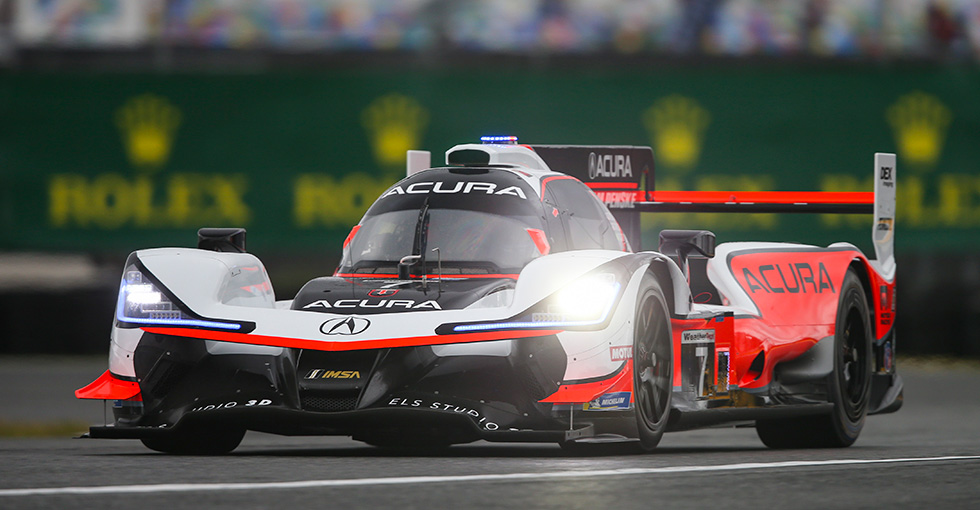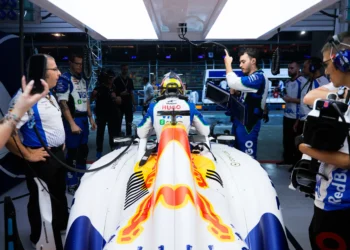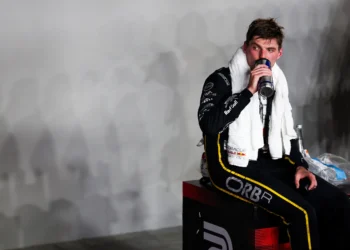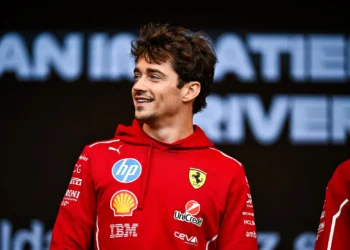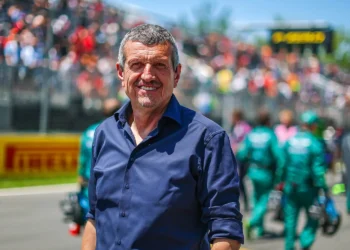Honda Racing Corporation (HRC) is taking control in a way that could shake up IMSA’s balance of power. For 2025, the Japanese manufacturer has made a game-changing move—bringing the engineering and strategy of the No. 93 Acura ARX-06 entirely in-house. This marks a major shift from Honda’s previous reliance on external teams, signaling a new era of technical dominance and strategic precision.
Why does this matter? Because HRC isn’t just racing anymore—it’s racing on its own terms.
The End of the Outsourcing Era: Honda’s Hands-On Approach
Until now, Honda/Acura had a tried-and-true system in IMSA: design and build the car, then let external partners—like Meyer Shank Racing (MSR) and Wayne Taylor Racing (WTR)—handle the on-track execution. That model worked, with Acura-powered teams clinching podiums and fighting for championships.
But 2025 is different. HRC isn’t just supplying the cars; it’s taking direct control of engineering and strategy for the No. 93 machine. That means HRC personnel—not an outside race team—are calling the shots on everything from setup and pit strategy to real-time race decisions.
“It’s the next step for us,” says HRC President David Salters.
“We do most of the engineering under the bodywork. But the next challenge is actually racing our own cars. So race engineering them, strategizing them, all the things that go with that, which is the real pointy end of the stick.”
For Honda, this isn’t just about winning races—it’s about mastering every aspect of competition, from data analysis to pit wall decisions.
Why This Move is a Big Deal
By bringing everything in-house, HRC is “closing the loop” on development. Instead of relying on external teams to interpret race data and provide feedback, HRC’s own engineers and strategists will handle every part of the process themselves.
“Previously, external team members would feed back information to HRC, which would then process it and suggest solutions,” explains Salters.
“Now, our internal people are engineering the car and feeding directly back to their own in-house teammates.”
That might sound like a small tweak, but in elite motorsports, tiny refinements can make the difference between winning and losing.
- Car development improves – Direct, real-time feedback speeds up innovation.
- Simulator work becomes more effective – Engineers working on the car are the same ones fine-tuning it virtually.
- Race strategy sharpens – HRC’s data-driven approach can now be applied to live race conditions without outside influence.
Strategic Hiring: Why Acura Recruited Yelloly & van der Zande
This radical shift isn’t just about the engineers—it’s about the drivers, too. HRC didn’t just pick fast drivers for 2025—it chose racers who excel at development and technical feedback.
- Nick Yelloly – A BMW factory driver with extensive F1 simulator experience, perfect for refining Acura’s setup and development direction.
- Renger van der Zande – One of IMSA’s most experienced veterans, bringing invaluable race craft and strategic insight from his time with Cadillac.
Their combined expertise is crucial to Honda’s vision: a fully integrated team where drivers, engineers, and strategists operate as one unit—not separate entities.
Can Honda’s Gamble Pay Off?
Make no mistake: this is a high-risk, high-reward move. HRC is diving into the deep end—managing its own car, testing its own strategies, and learning in real-time.
“It’s a new challenge — how can we bring a slightly different perspective on it?” says Salters.
“We’ve got to be humble. There are a lot of people who do this incredibly well, so we have a lot of catching up to do.”
But Honda isn’t going in blind. It’s still working closely with Meyer Shank Racing, which will continue to engineer and strategize the No. 60 Acura. This gives Honda a crucial back-to-back comparison—helping them refine their approach without fully committing both cars to an untested model.
“Every time the team is on track, HRC can back-to-back its decision-making with MSR to check if it did the right thing,” explains Salters.
In short: HRC is betting on itself—but it’s doing it smartly.
A Long-Term Play for Honda’s Future?
This isn’t just about IMSA 2025. HRC’s move hints at bigger ambitions—potentially laying the groundwork for an in-house, factory-run Honda racing team in the future.
“If we can run our own car, we can also look at the business side, the B2B side, the sponsorship side,” Salters admits.
“So again, just sort of developing our skills and also trying to balance the books as well.”
Could we eventually see a full-fledged Honda factory team in IMSA—or even other series? If this experiment works, it wouldn’t be surprising.
Final Verdict: A Make-or-Break Season for Honda’s New Era
HRC’s in-house racing experiment is one of the most fascinating technical shake-ups in IMSA for 2025. It’s a bold strategy—one that could make Honda stronger and more self-reliant than ever before.
But with new responsibilities come new risks. If the No. 93 Acura struggles, questions will be raised about whether Honda should have stuck to its old model. However, if this works, HRC could set the blueprint for factory teams of the future.
One thing is certain: Honda isn’t just racing to win in 2025—it’s racing to change the game.

